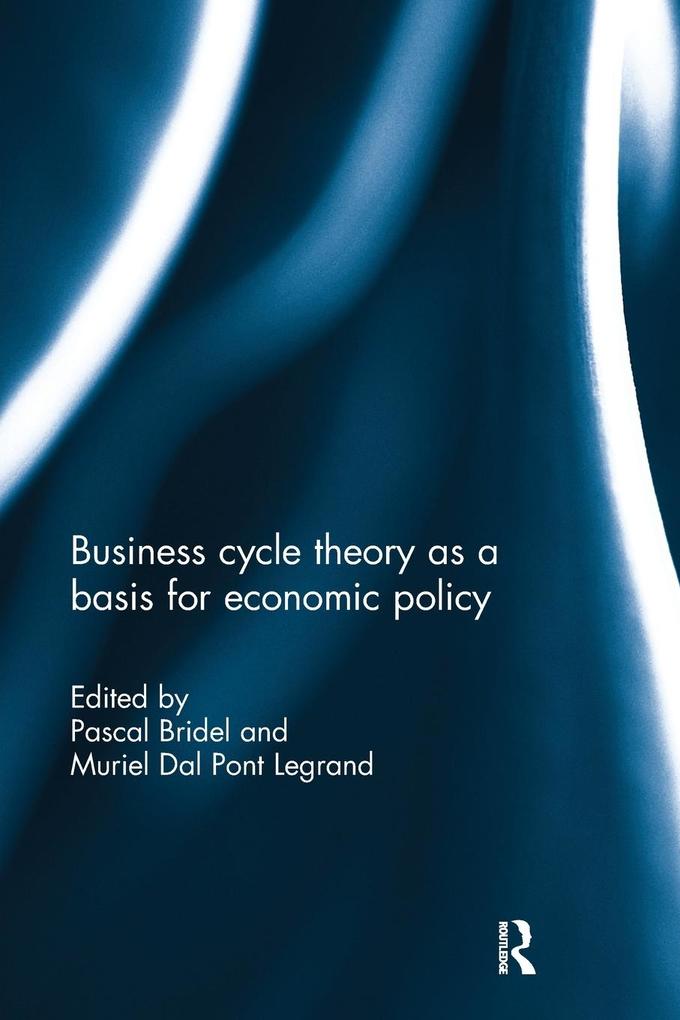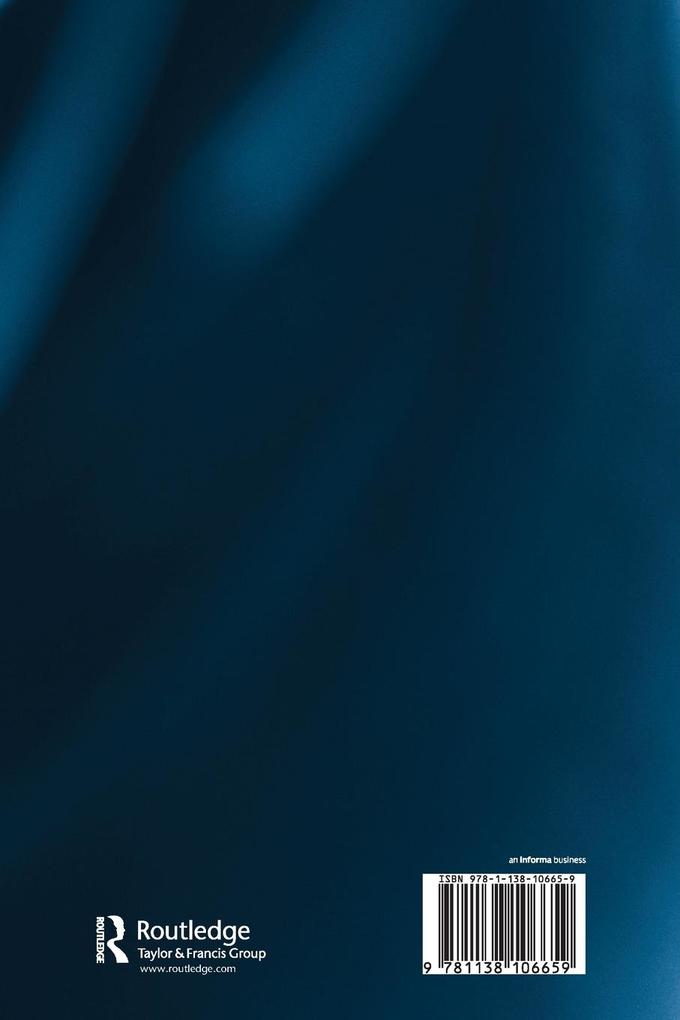
Zustellung: Do, 10.07. - Mo, 14.07.
Versand in 5 Tagen
VersandkostenfreiBestellen & in Filiale abholen:
This book offers a sample of different theoretical approaches to business cycles, examining their respective views on economic policy with the objective of understanding business cycles that have been lost, and identifying those views which explain fluctuations and the way we conceive economic policy. This book was originally published as a special issue of The European Journal of the History of Economic Thought.
Inhaltsverzeichnis
Introduction: Business cycle theory as a basis for economic policy 1. Economics of the crisis and the crisis of economics 2. On the importance of institutions and forms of organisation in Piero Sraffa's economics: the case of business cycles, money, and economic policy 3. Mr Keynes, the Classics and the new Keynesians: A suggested formalisation 4. Three macroeconomic syntheses of vintage 1937: Hicks, Haberler, and Lundberg 5. Lange's 1938 model: dynamics and the "optimum propensity to consume" 6. Toward a non-linear theory of economic fluctuations: Allais's contribution to endogenous business cycle theory in the 1950s 7. The "Treasury View": An (un-)expected return?
Produktdetails
Erscheinungsdatum
16. Juni 2017
Sprache
englisch
Seitenanzahl
210
Herausgegeben von
Pascal Bridel, Muriel Dalpont
Verlag/Hersteller
Produktart
kartoniert
Gewicht
327 g
Größe (L/B/H)
234/156/12 mm
ISBN
9781138106659
Entdecken Sie mehr
Bewertungen
0 Bewertungen
Es wurden noch keine Bewertungen abgegeben. Schreiben Sie die erste Bewertung zu "Business cycle theory as a basis for economic policy" und helfen Sie damit anderen bei der Kaufentscheidung.










